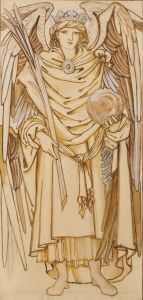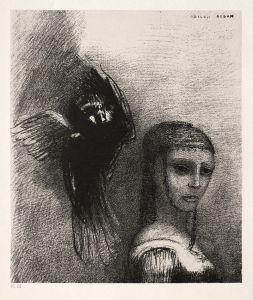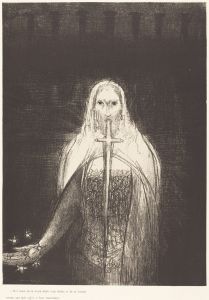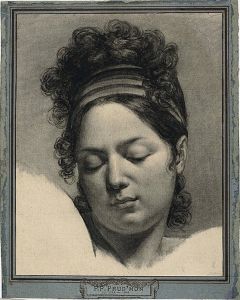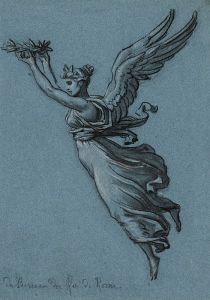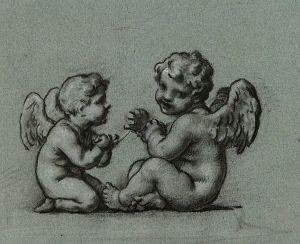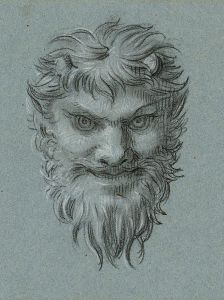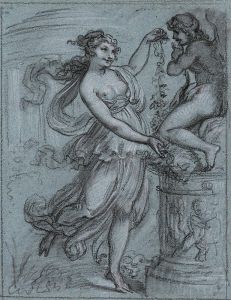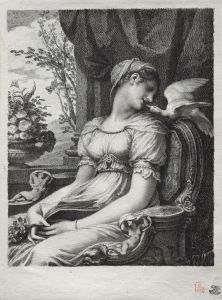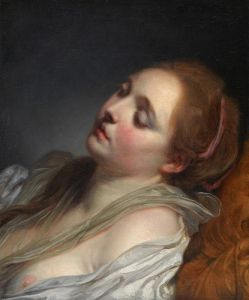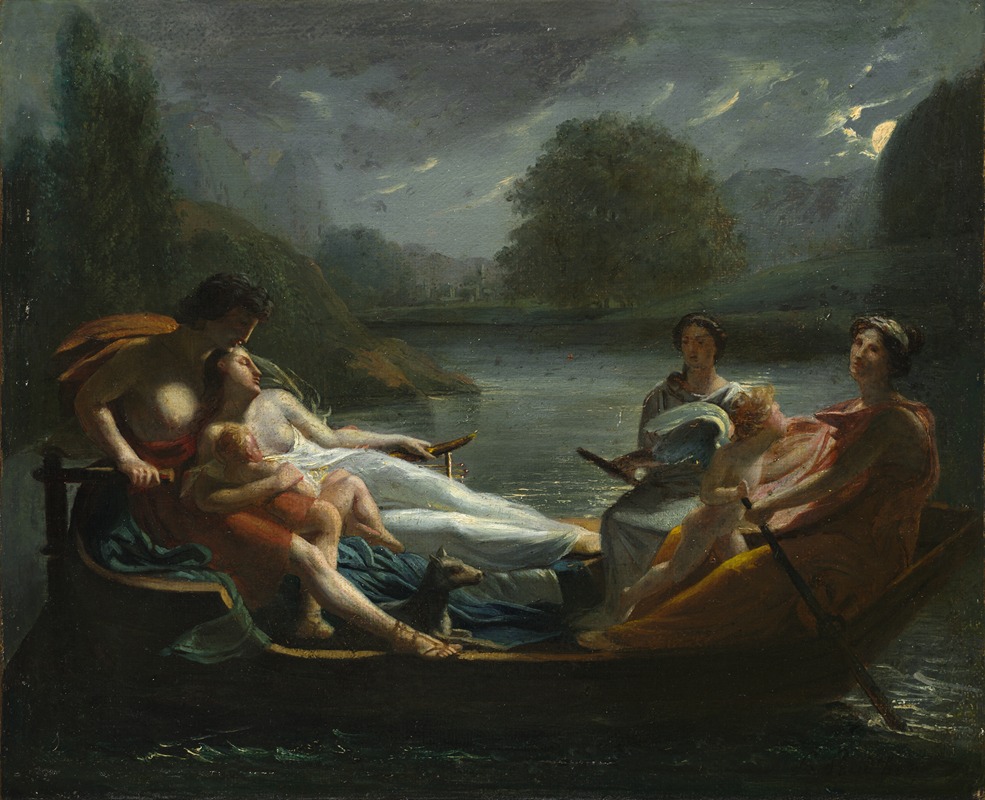
The Dream of Happiness
A hand-painted replica of Pierre-Paul Prud'hon’s masterpiece The Dream of Happiness, meticulously crafted by professional artists to capture the true essence of the original. Each piece is created with museum-quality canvas and rare mineral pigments, carefully painted by experienced artists with delicate brushstrokes and rich, layered colors to perfectly recreate the texture of the original artwork. Unlike machine-printed reproductions, this hand-painted version brings the painting to life, infused with the artist’s emotions and skill in every stroke. Whether for personal collection or home decoration, it instantly elevates the artistic atmosphere of any space.
Pierre-Paul Prud'hon was a French Romantic painter known for his allegorical and mythological subjects, as well as his portraits. One of his notable works is "The Dream of Happiness," which exemplifies his mastery in creating ethereal and emotionally resonant compositions. Prud'hon was active during the late 18th and early 19th centuries, a period marked by significant political and social changes in France, which influenced the themes and styles of many artists of the time.
"The Dream of Happiness" is an allegorical painting that reflects Prud'hon's interest in exploring themes of ideal beauty and emotional depth. His work often contrasts with the Neoclassical style that was prevalent during his time, as he preferred softer lines and a more atmospheric approach to his subjects. This painting is a testament to his unique style, which combines elements of Romanticism with a classical sensibility.
Prud'hon's technique in "The Dream of Happiness" is characterized by his use of chiaroscuro, a method that employs strong contrasts between light and dark to create a sense of volume and three-dimensionality. This technique helps to convey the dreamlike quality of the scene, drawing viewers into the ethereal world he depicts. The figures in the painting are rendered with a delicate grace, showcasing Prud'hon's skill in capturing the human form with both anatomical precision and an idealized beauty.
The composition of "The Dream of Happiness" is carefully balanced, with figures arranged in a harmonious manner that guides the viewer's eye through the painting. Prud'hon's use of soft, muted colors adds to the serene and contemplative mood of the work. The painting's allegorical nature invites viewers to interpret its meaning, which may relate to themes of aspiration, contentment, or the pursuit of an ideal state of being.
Prud'hon's work was highly regarded during his lifetime, and he received numerous commissions from prominent patrons, including Napoleon Bonaparte and Empress Joséphine. Despite his success, Prud'hon led a life marked by personal struggles, which may have influenced the introspective and often melancholic tone of his art. His ability to convey complex emotions and his distinctive style have earned him a lasting place in the history of art.
"The Dream of Happiness" is an example of Prud'hon's contribution to the Romantic movement, which emphasized emotion, individualism, and the sublime. His work continues to be studied and admired for its technical excellence and its ability to evoke a sense of wonder and introspection. Today, Prud'hon's paintings, including "The Dream of Happiness," can be found in various museums and collections, where they continue to captivate audiences with their timeless beauty and emotional depth.





